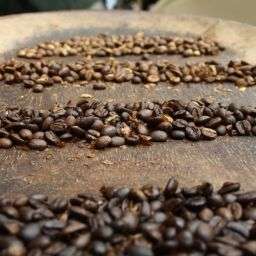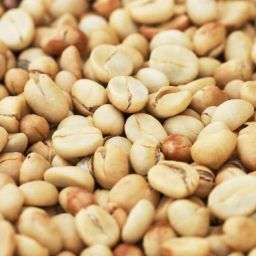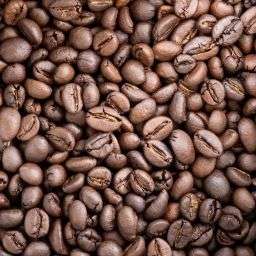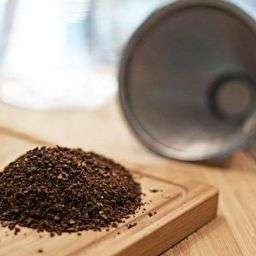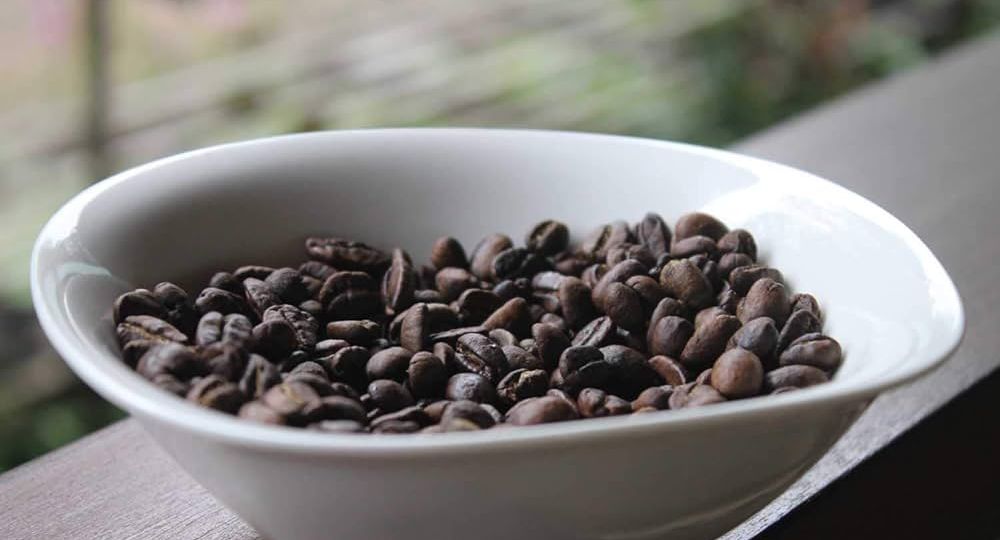
Caffeine, a central nervous system stimulant, is the most sought-after component in coffee, responsible for the energizing effect coffee drinkers cherish. Present in varying amounts in different types of coffee beans, caffeine’s role extends beyond just providing a wake-up call; it influences flavor, bitterness, and even the health benefits associated with coffee consumption. The two primary types of coffee beans, Arabica and Robusta, differ significantly in their caffeine content.
Arabica beans, favored for their smooth, complex flavor profiles, typically contain less caffeine than Robusta beans. Robusta beans, on the other hand, have a higher caffeine content, which contributes to their stronger, more bitter taste, making them less popular among coffee aficionados but invaluable in blends that aim for a caffeine kick.
The Science of Caffeine in Coffee Beans
The caffeine content in coffee beans is influenced by several factors, including the species of the bean and the conditions under which it is grown. Arabica beans, constituting about 70% of the world’s coffee production, contain roughly half the caffeine of Robusta beans. This variance is not only a matter of taste preference but also affects the physiological impact of the coffee.
The growing conditions—such as altitude, soil type, and climate—play a crucial role in determining the caffeine levels in coffee beans. For instance, Robusta beans grown in Vietnam are noted for having higher caffeine content compared to those grown in other regions due to the country’s specific growing conditions.
Roasting and Its Effects on Caffeine
The roasting process of coffee beans is widely believed to impact their caffeine content, but this is a common misconception. Roasting does lead to changes in bean size and density, but the caffeine content remains relatively stable across different roast levels. Light and dark roast beans contain approximately the same amount of caffeine when measured by weight.
However, the perceived difference in caffeine content by volume can be attributed to the fact that darker roasts lose mass and become less dense, requiring more beans by volume to reach the same weight as lighter roasts. This discrepancy means that a scoop of dark roast beans will have more beans and potentially more caffeine than a scoop of light roast beans of the same volume.
Despite these nuances, the roasting process does little to alter the actual caffeine content of the beans, dispelling the myth that darker roasts inherently contain more caffeine.
Calculating Caffeine: 30 Grams of Coffee Beans
When considering the caffeine content in 30 grams of coffee beans, it’s essential to distinguish between Arabica and Robusta types. Arabica beans, which are more commonly consumed worldwide, contain approximately 1.2% caffeine by weight, translating to around 360 milligrams of caffeine in 30 grams of beans.
Robusta beans, known for their higher caffeine content, can have up to 2.2% caffeine by weight, yielding about 660 milligrams of caffeine in 30 grams. This significant difference underscores the importance of bean selection based on your caffeine preferences and sensitivity.
Brewing Methods and Caffeine Extraction
The method used to brew coffee significantly influences the caffeine content of the final cup. Espresso, known for its concentrated form, is brewed under pressure, extracting more caffeine per ounce than other methods. Drip coffee, a common brewing method, offers a balance of flavor and caffeine, with the water slowly passing over the grounds to extract caffeine and essential oils. French press, another popular method, allows coffee grounds to steep directly in hot water, resulting in a full-bodied coffee with a slightly higher caffeine content due to the longer extraction time.
Grind size and brewing time are critical factors in caffeine extraction. A finer grind increases the surface area of coffee in contact with water, enhancing caffeine extraction. Conversely, a coarser grind results in less caffeine per cup. Similarly, the longer the brewing time, the more caffeine is extracted, making methods like cold brew, which steeps for hours, higher in caffeine content compared to a quick espresso shot.
Caffeine’s Impact on Health and Well-being
Caffeine’s benefits include increased alertness, improved concentration, and enhanced athletic performance. However, it’s crucial to be mindful of caffeine’s potential side effects, such as anxiety, restlessness, and disrupted sleep patterns, especially in individuals sensitive to caffeine. Personal tolerance varies widely; some may enjoy multiple cups of coffee with minimal effects, while others might experience symptoms with a single cup.
Moderation is key to harnessing caffeine’s benefits while minimizing adverse effects. Health experts generally recommend limiting caffeine intake to about 400 milligrams per day for most adults, equivalent to roughly three to four 8-ounce cups of coffee, depending on the bean type and brewing method. Listening to your body and adjusting your coffee consumption accordingly can help maintain a healthy balance and ensure a positive relationship with caffeine.
FAQs
- Do Arabica or Robusta beans have more caffeine?
Robusta beans have more caffeine compared to Arabica beans. While Arabica beans are prized for their flavor complexity, Robusta beans are sought after for their higher caffeine content, which also contributes to their bitter taste. - How does the brewing method affect caffeine content?
The caffeine content in your coffee can vary significantly with the brewing method. Espresso extracts more caffeine in a smaller volume, while drip and French press methods result in different caffeine levels due to variations in water contact time and temperature. - Can roasting level alter caffeine levels in coffee beans?
The caffeine content remains relatively stable across different roast levels. However, because dark roasts lose mass and density, a volume measurement of dark roast beans will contain more beans and potentially more caffeine than the same volume of light roast beans. - How long does caffeine stay in the body?
Caffeine’s effects can be felt shortly after consumption, with peak levels in the bloodstream occurring within 15-45 minutes. Caffeine has a half-life of about 3 to 5 hours in the body, but its duration can vary based on individual metabolism and sensitivity.
Final Thoughts
In summary, the caffeine content in 30 grams of coffee beans varies depending on whether they are Arabica or Robusta, with Robusta containing more caffeine. Brewing methods play a significant role in determining the final caffeine content of your coffee, while roasting levels do not significantly alter caffeine amounts.
Understanding these factors can help optimize your caffeine intake to suit your preferences and sensitivity. To make the most of your coffee experience, select your beans and brewing method with care, and always be mindful of your personal caffeine tolerance to enjoy coffee’s benefits without the adverse effects.



